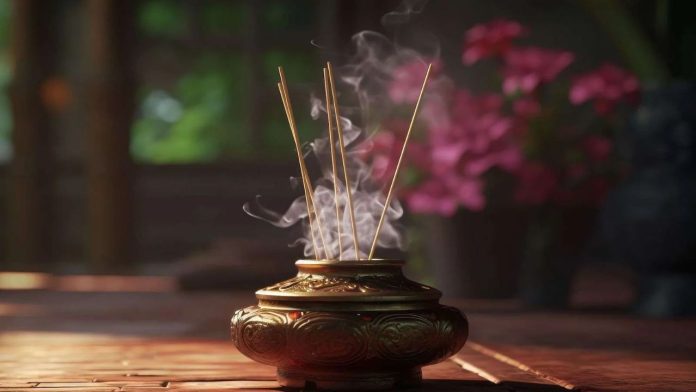The use of incense has spanned centuries of cultures, not just as an aromatic means to freshen the air, but as a strong supplement to the vitalization of meditation, spiritual ceremonies, and rest. Though the fragrance is an object of the main focus itself in terms of sense perception, the container in which the incense is kept is also of great significance, not only practically, but also metaphorically. Among the most elegant additions to modern incense rituals, the ceramic flower diffuser stands out, offering both delicate fragrance dispersion and a sculptural beauty that elevates any serene space.
Form Meets Function in Incense Rituals
In essence, an incense holder is supposed to hold the stick, cone, or coil and be able to contain the ash during combustion. Its utility is not just a matter of purpose. A good incense holder enhances the environment and adds visual tranquility to the entire ritual experience. Both minimalism and clutter are meant to approximate the purpose of the practice, whether spiritual or artistic focus, or just an ambience of calm. The best houses to have are the ones that seamlessly blend with their surrounding and could serve not as a vessel, but as a prompt that it is time to have a break and refocus.
Materials That Make a Statement
The substances that make incense holders are frequently said to address both tradition and innovation. Ceramic and clay are eternal classics, appreciated due to their rather earthy luxury and heat tolerance. The use of brass and other metals attributes royal tradition, especially works that are Eastern-inspired. When paired with wood such as sandalwood or teak, the feel is chill and earthier, relating to the user with nature. Glass, stone, and concrete have also been embraced in modern designs, adding different textures and weights to the ritual. Depending on the historical orientation of the practice or a modern, minimalistic one, the feel may be affected by the material selection.
Cultural Influence and Heritage
In Asia and the Middle East, the tradition of incense in religious and cultural significance is well established, and the use of incense holders, including in Japanese and Chinese traditions, is part of that history. Bronze censers were also used in both scholarly study and temples in dynastic China; some of the most intricately carved examples survive to the present time. In Japan, the art of Kod 268 (the way of incense) regards the incense container as an object of devotion. In India, praying altars usually have decorated brass holders in the middle. These local styles have remained inspirational to contemporary craftsperson who carefully integrate the past with the present to come up with modern work that is not only significant but practical in the context of a universal household.
Conclusion
Containment is more than preserving a shape; it is a way of forming an experience. A beautiful incense vessel is not merely a vessel; it is inherent in the ritual, a token of care and of intent. It carries the fragrance certainly, but the time–the quiet, the calm, the breathlessness. With incense still entering into the contemporary lifestyle, so have the incense holders, moving with it to a quiet masterpiece. Making the right choice is more than storing a scent; it is the respect of the ceremonial in itself.









